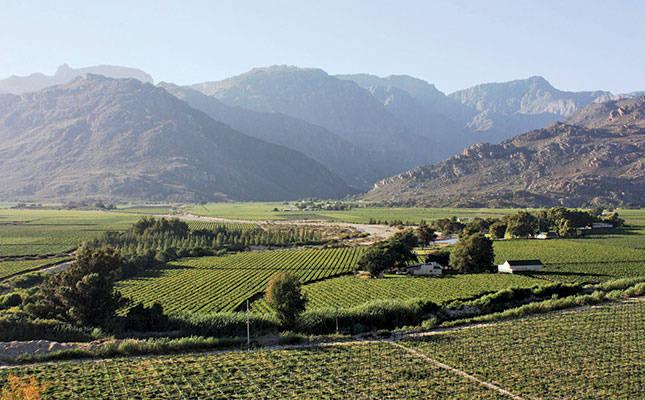
The agriculture sector has weathered the storm over the past few years, coping with drought and policy uncertainty, while income and employment have remained stable.
Recent results released by Statistics South Africa of the Census of Commercial Agriculture 2017 showed that the number of farming units in South Africa remained stable between 2007 and 2017, increasing marginally from 40 079 to 40 122.
Statistician-General Risenga Maluleke releases the results of the Census of Commercial Agriculture 2017.
The total number of farms/farming units involved in the commercial agri industry in 2017 was 40 122, a slight increase in the number recorded in 2007 – 40 079 #CoCa2017— Farmer’s Weekly SA (@FarmersWeeklySA) March 24, 2020
Sole ownership, however, decreased due to an increase in closed corporations, as well as public and private companies.
The total number of people employed in commercial agriculture on 30 June 2018 was 757 628, down 1,6% from 769 594 in February 2007. Despite making up only 11,6% of farms, horticulture contributed the greatest to the employment profile.
The Western Cape was by far the largest provincial employer, employing 24,7% of the national total, followed by Limpopo (12,9%), KwaZulu-Natal (12,7%), Gauteng (4,8%), and North West (7,6%).
Total income for the commercial agriculture industry in 2017 was R332,8 billion, which was 288% higher than the R85,9 billion recorded for 2007. In 2017, the major contributor to total income was farming of animals (R120,8 billion or 36,2%), followed by mixed farming (R95 billion or 28,6%) and horticulture (R65,7 billion or 19,8%).
Chief economist at Agbiz, Wandile Sihlobo, said the figures were very encouraging for the sector and the greater economic goals of South Africa.
“Over and above inflation, there has been an increase in farming income, mostly due to larger areas being farmed and increased income from exports due to a weakening rand, but input prices have also risen sharply and farmers are being squeezed.”
Large farms with an annual income greater than R22,5 million made up 6,5% of all farms, but contributed 51,4% to total employment and 67% to total income.
In contrast, the vast majority of farms, making up over 46%, were micro farms with an annual income smaller than R1 million per annum, and employing 6% of the agricultural labour force.
The census showed that commercial agricultural took up 38% of the land in South Africa, the majority of which was used for commercial grazing. While livestock farming still made up the largest proportion of farming operations at 33,9%, farms combining animal production and field crops were on the rise, making up 31%, up more than 8% from 2007.
Crops contributed 21% to the total, decreasing by 13% over the past 10 years.
Sihlobo attributed this to farmers increasingly looking for ways in which to hedge against risk.









